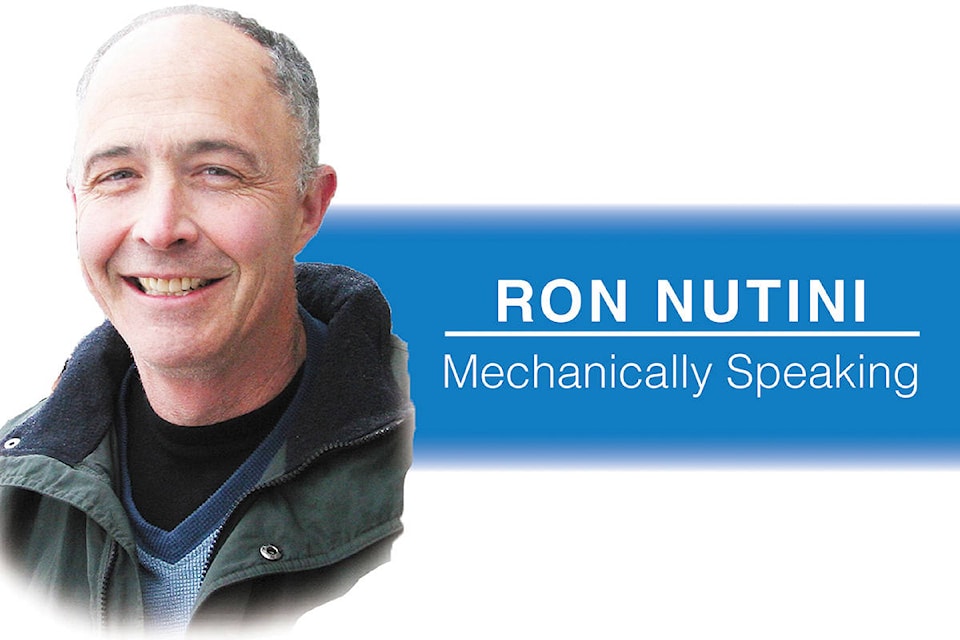The demands on engine oil in modern automobiles are a moving target. Most manufacturers are now selling vehicles with smaller turbocharged engines and direct fuel injection. A 2.0 litre turbocharged direct injection 4 cylinder engine will now give the performance of a 3.0 litre 6 cylinder engine. A 3.0 litre turbocharged direct injected 6 cylinder engine will equal the performance of a 5.0 litre V8 engine. Driven under light loads these new engines will impress you with their fuel efficiency.
The extra power is the result of turbocharging (forcing more oxygen into the engine). The fuel efficiency comes with the smaller displacement (2.0 vs 3.0 or 3.0 vs 5.0). The direct fuel injection improves both efficiency and power.
Small engines with more power equal more engine oil stress. In case you haven’t noticed your engine oil has gotten a lot thinner than it was. Many vehicles now use 0W20 and 5W20 viscosity engine oils. Thinner oils stay cooler and produce less friction but need to still prevent metal to metal contact under high stress.
The direct fuel injection part of the equation is the primary motivation in oil formulation changes. These high stress small direct injected turbocharged engines suffer from two serious problems.
One is premature wear of timing chains and the other is piston failure from LSPI (Low Speed Pre Ignition).
Similar to a diesel engine direct injected gasoline engines produce soot. Soot is itty-bitty bits of carbon. This carbon is the result of less than perfect combustion of all the fuel in the cylinder. The combination of this soot building up in the engine oil and many customers following much longer oil change intervals results in too much soot in the oil compromising the lubrication properties. The timing chain is the first part to suffer early wear.
LSPI is when teeny tiny droplets of oil mixed with fuel and or soot explode in the engine before the spark ignites the real air fuel mixture. The explosion of power event which is supposed to be smooth and controlled becomes a series of poorly timed explosions that rock the piston so hard in the cylinder that eventual catastrophic piston failure results. The typical condition for these events is a low engine speed and higher loads.
Lubrication engineers are working hard to formulate oils that prevent both of these problems. It seems that smaller turbocharged engines and direct fuel injection are not going away. Lubrication engineers have found oil formulations that better control soot and prevent LSPI.
New oils that meet the API SN+ specification are on the market now. This specification addresses both LSPI and premature timing chain wear. 2020 will see new API SP and ILSAC GF-6 specifications that deal with these ongoing issues.
If you own one of these late model powerhouse tiny engines make sure you are using the proper oil. As always checking and maintaining the correct engine oil level is necessary. Some vehicles allow 10 000 or more kilometre oil changes but I would suggest that is too long. At least follow the severe operating conditions recommendations in your owner’s manual or your professional mechanic’s recommendation for your vehicle and driving habits.
Trail’s Ron Nutini is a licensed automotive technician and graduate of mechanical engineering from UBC. E-mail: nutechauto@telus.net
